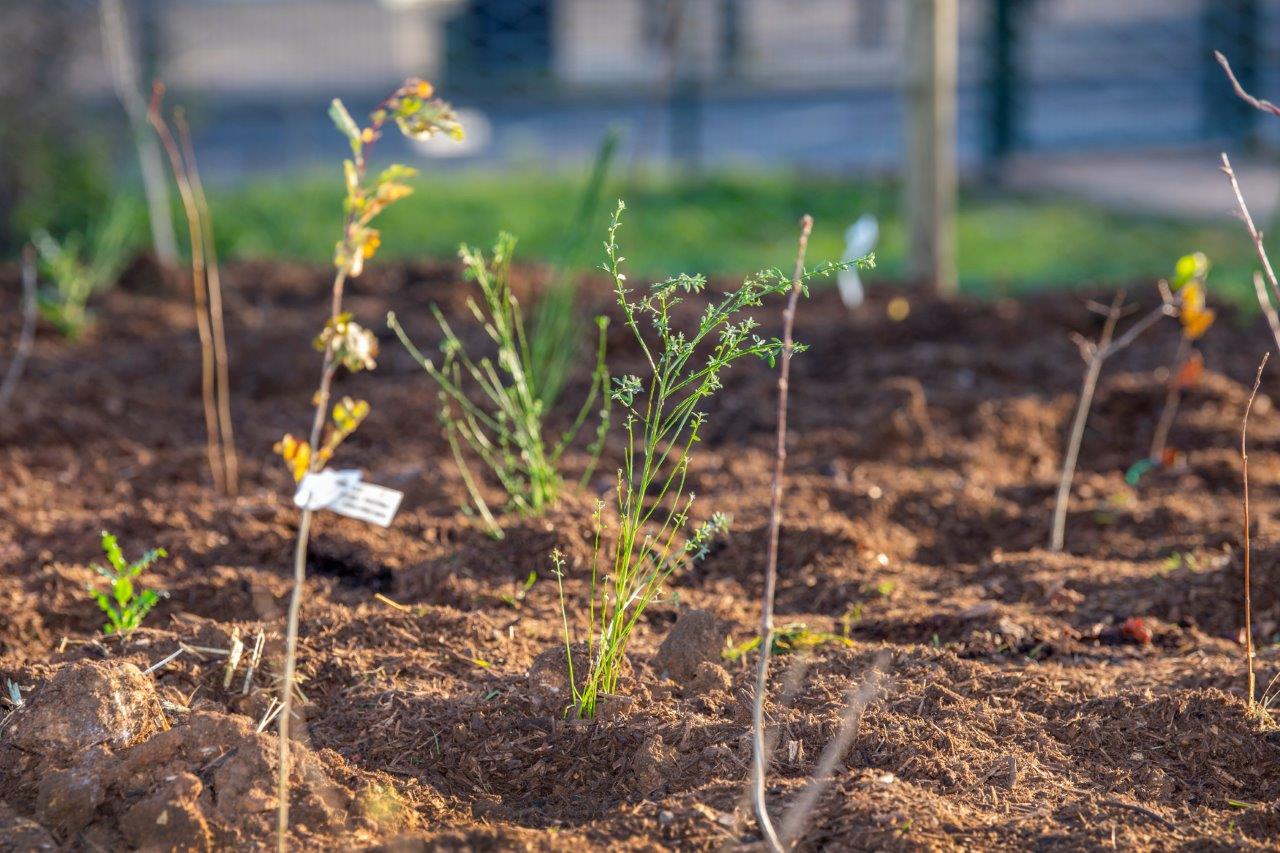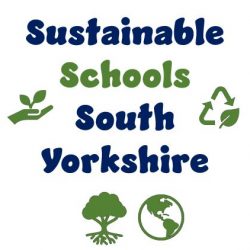Stephanie Holden is a Year 6 teacher and Eco-Schools lead at Lydgate Junior School in Sheffield. We talked to her about how she is introducing and embedding climate and sustainability education at her school.

Can you give some background on your school?
We’re a junior school, so year 3 upwards. We have about 480 pupils, 120 a year. I guess it’s a fairly affluent area, but we do have a very high number of EAL [English as an additional language] children as well.
We have two school yards and then we’ve got a Forest Schools area. And we do have quite a bit of green space dotted around, where we do gardening — we’ve planted apple trees and plum trees.
How did your interest in teaching more about climate change and sustainability begin?
We’re a Rights Respecting School [part of a UNICEF scheme]. Part of that is getting the children to be global citizens. When we started working towards gold accreditation I realised that we weren’t really doing enough about climate change and the environment. So I started the Eco Club.
Why do you see climate education as important?
I think it’s twofold, really. It’s personal, but it’s also the children. There are a lot of children that are interested in climate education, and I felt like we weren’t doing enough as a school, so that was my drive for doing more.
I’m not trained in any way in climate education: I am learning with the children. We’re trying to increase the children’s understanding but also our understanding as adults as well.
What kind of training would be useful to you?
I guess the science behind everything. Although on the surface I understand it, it’s putting all the pieces together. It’s not just physical resources, it’s about getting the people to lead us. After all, we’re not experts in environmental science, we are primary teachers.
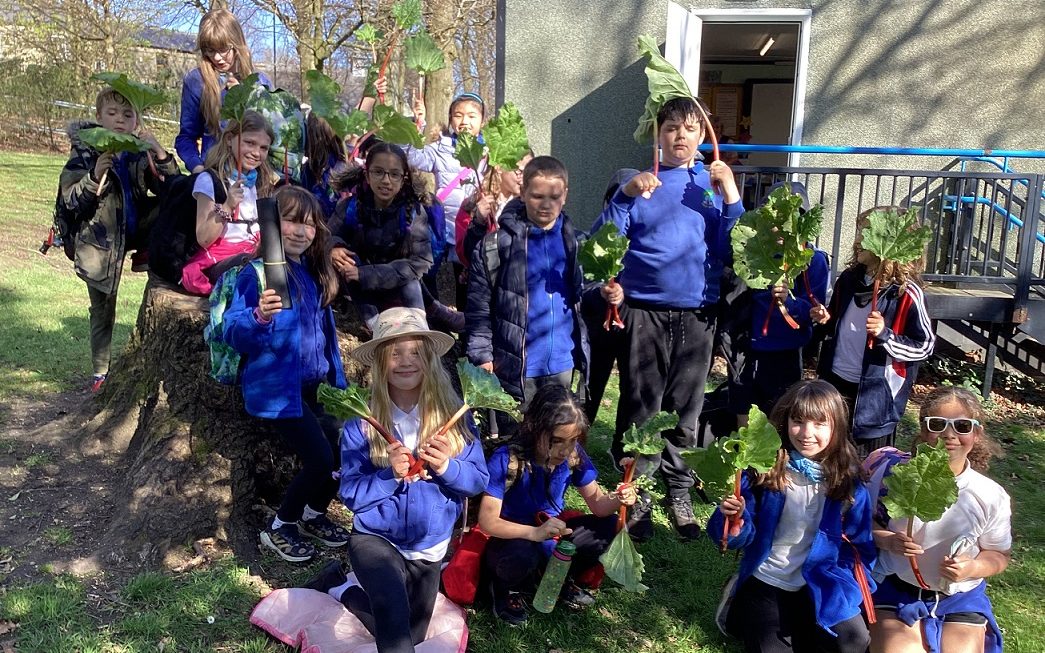
Tell us about the Eco Club that you set up.
It’s been running for three years. We opened it up to any child in years 4, 5 and 6 and they became part of the committee. It’s an afterschool club as opposed to in the school day, so the idea is that they’re ambassadors for the school, but they’ve chosen to come along to the club.
We started by becoming an Eco-School, so we followed their seven-step plan and got that last year. The three main areas covered were biodiversity, waste and energy. The children have done assemblies to spread the word across the school.
On top of that, I introduced the new role of eco-lead to our school council. We meet every two to three weeks, and they bring up any eco issues as part of that.
Do you include Forest Schools in your curriculum?
Some year groups are receiving Forest School lessons by a trained Forest School person. Our year group currently isn’t at the moment, but we’ll take them in the woods and we do things related to the curriculum. We try to get in the woods as often as possible, but realistically it’s probably twice every half term.

How do you choose what climate and sustainability activities to do?
I think it’s about having more of an understanding of being a global citizen, and preparing them for the future. I enjoy seeing the children get excited about being outside. Last week at Eco Club the kids all wanted to come outside so we spent 45 minutes raking up leaves, and they had a great time doing it. Sometimes, you just have to go with the children and their interests.
Some of the children come in with ideas about what we could do in Eco Club. They’re at the stage where they’re really inquisitive and interested, and actually what’s great is that they’re also teaching us as adults.
We’ve had a focus on waste, we’ve run bring-and-buy sales at Christmas, and then we had a massive influx of apples and plums that we’d planted a couple of years ago and we sold those at the school gates. It’s about trying to spread the word amongst the adults through our actions.
Have you found any barriers that have stopped you from doing what you want in school?
The main thing is time and also communication, because it’s quite a big school. Sometimes, with everything else going on in the school, the eco side of things can get pushed to one side and other things take priority, like curriculums and Year 6 SATS.
Everyone sees it as important, but when you juggle so many things as a school it can be hard to make it a priority.
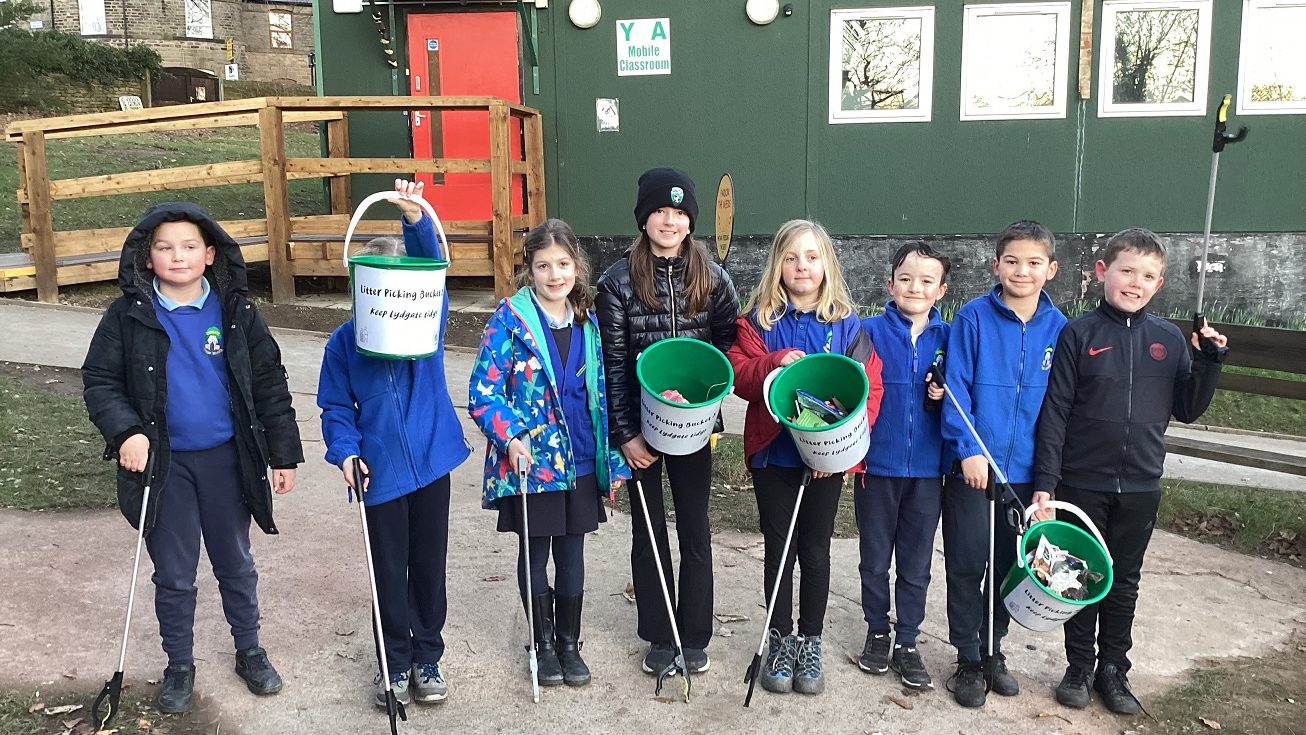
How can you overcome these barriers?
I think when you make it part of the curriculum then it becomes truly embedded in the school. For example, in year four they do the Amazon rainforest and they talk about deforestation. And in year five they do a whole project on water, and as part of that they learn how some people don’t have access to clean water and how that links to the environment.
As part of our Rights Respecting School, we always have a summer campaign, and we’ve done things like reducing traffic around the school, using less plastic, and raising money for endangered animals.
Making it part of what we do means it’s not an add-on. It’s the world’s largest lesson, because it’s embedding things in what we already do as a school.
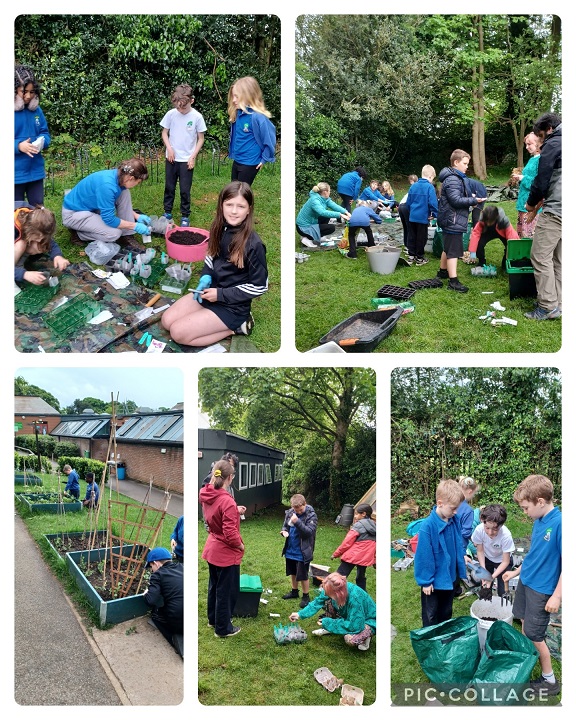
How do you ensure that it is embedded across the school?
We work as a team and we share ideas, so it’s not down to one person. All staff are part of being a Rights Respecting School, so it’s their responsibility to make sure that children’s rights are being met — and they’ve got to understand what that means.
We’re taking it slowly because we don’t want our sustainability not to be sustainable. We’re not trying to introduce too many things at once. I think that slow progress is probably better than trying to do everything at once and then failing. I do think it’s a whole staff approach, particularly teaching staff.
Do you think the approaches that you’ve used in school would work in all schools?
I think a lot of things we do would work at any school, particularly if they’re a Rights Respecting School because they can link it very much to that ethos. In terms of things that we’ve done like selling second-hand stuff, any school could do that.
Why do you think your climate projects have been successful?
I think when everybody gets behind something, it’s successful. When we do campaigns as a whole school, we all push for it and it can be quite exciting — one of our campaigns on plastics ended up being in the local news.
In terms of gardening at school and things like biodiversity, you can see that the children just love it. And I think the fact that they love it makes it work. Seeing things grow, digging up potatoes, tomatoes and all those sorts of things — they just get a lot out of it themselves, and that’s lovely to see.

